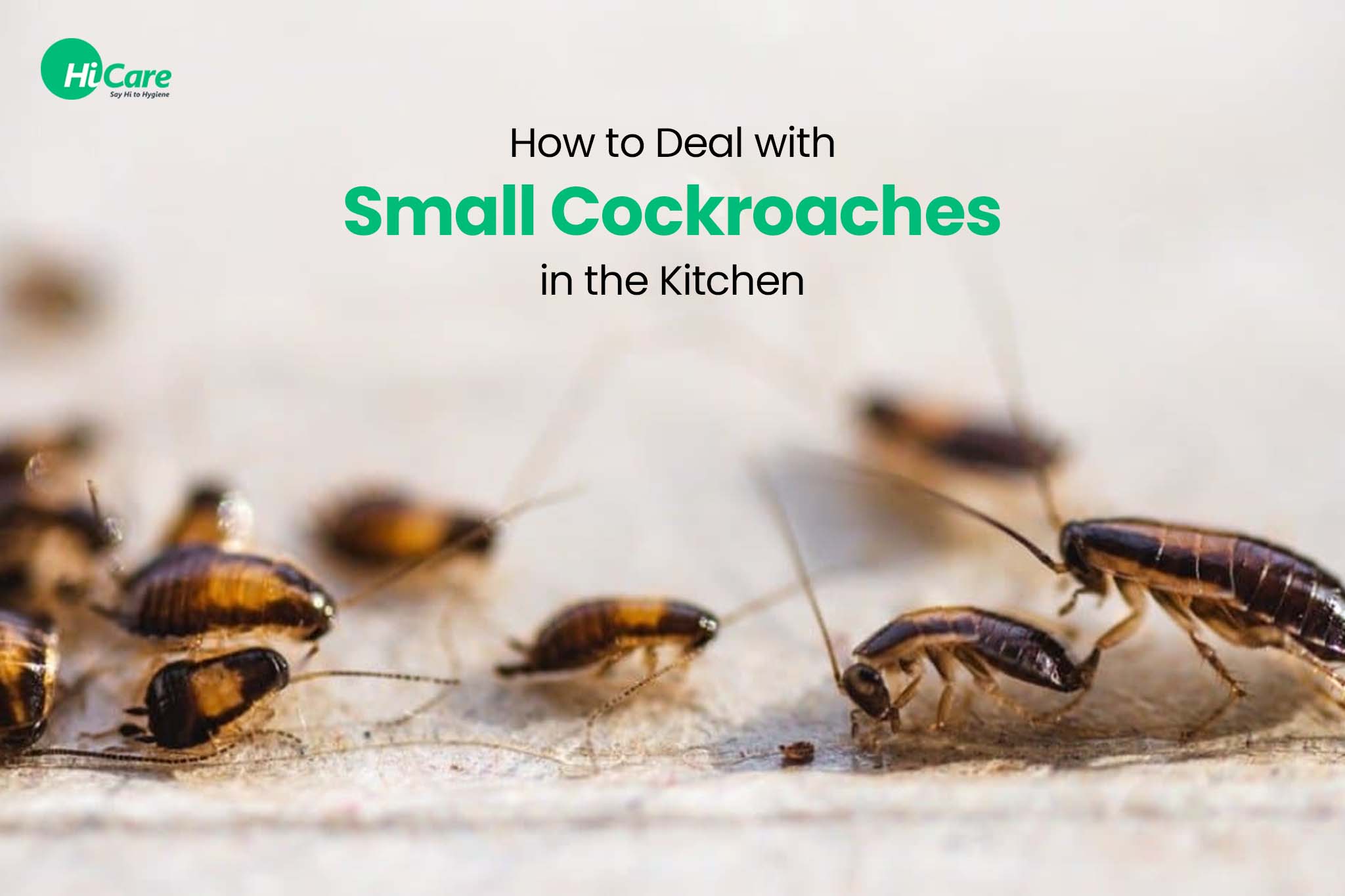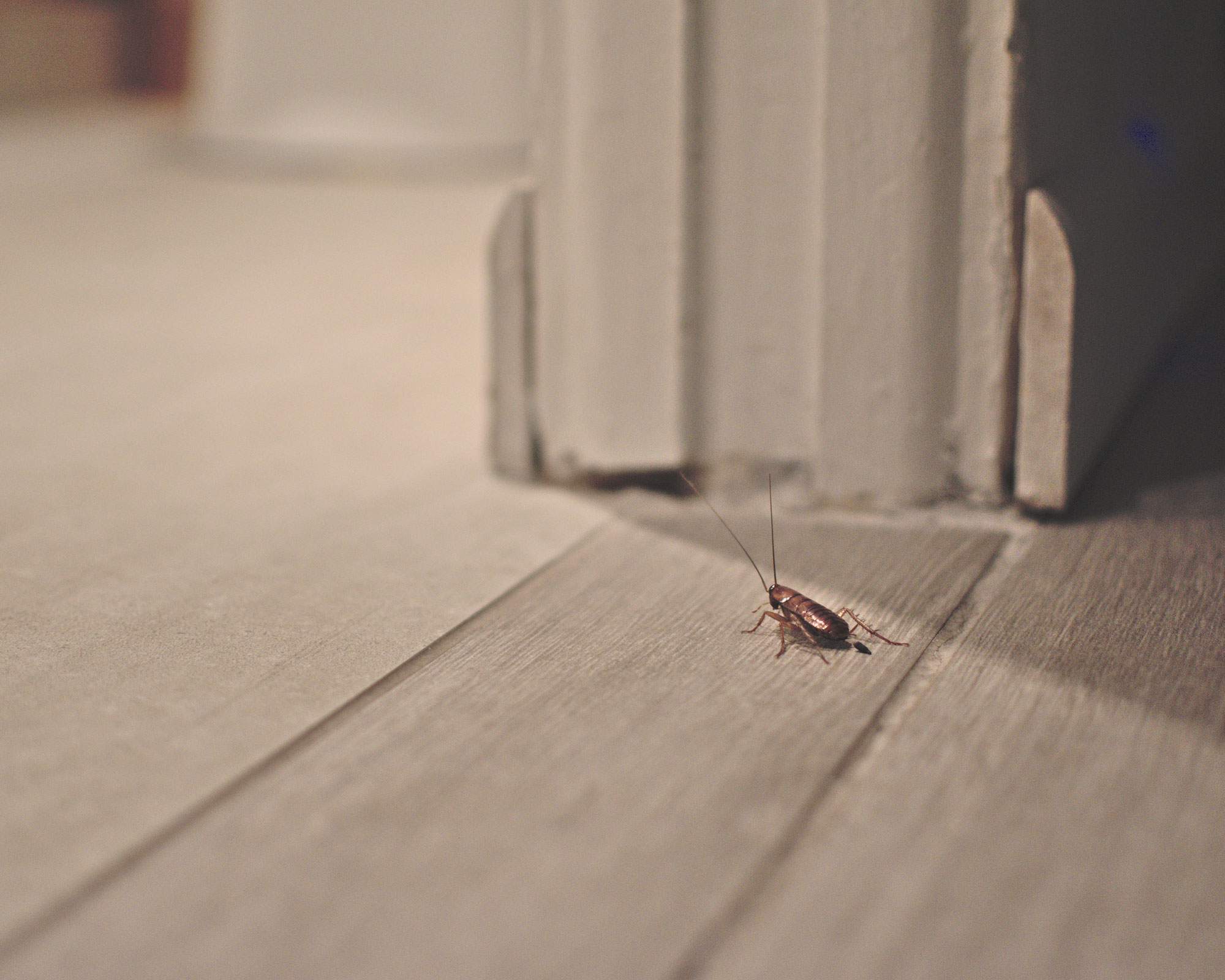Identifying the Source of Small Roaches: Small Roaches In Bathroom

You’ve got a cockroach problem, and you want to know how to get rid of them. It’s a right pain, innit? But before you go spraying the place with poison, you need to find out where they’re coming from. Finding the source is key, mate. That’s the first step to getting rid of them for good.
Common Entry Points, Small roaches in bathroom
Small roaches can get into your bathroom through the tiniest of gaps. They’re like ninjas, these little fellas. They’ll squeeze through any crack they can find. Here are some common entry points:
- Cracks in the walls and floor: Even the smallest cracks can be big enough for a roach to slip through. Check around pipes, plumbing fixtures, and where the walls meet the floor.
- Gaps around doors and windows: Make sure your doors and windows are properly sealed. Look for gaps around the frames and weather stripping.
- Openings in the ventilation system: Your bathroom vent is a prime entry point for roaches. Make sure the vent is properly sealed and that there are no gaps in the ductwork.
Typical Hiding Places
Once they’re in, roaches like to hide in dark, damp places. Bathrooms are perfect for them, so you need to be on the lookout.
- Behind the toilet: This is a classic roach hiding spot. Check behind the toilet tank and under the bowl.
- Under the sink: Roaches love the dampness under the sink. Check for droppings, shed skins, or live roaches.
- In cabinets: If you have cabinets in your bathroom, check inside them for roaches. They might be hiding in the back or under the shelves.
Inspecting for Signs of Roach Activity
To find out if you have a roach problem, you need to be a bit of a detective. Look for these signs:
- Droppings: Roach droppings look like tiny black specks. They’re often found in clusters, especially near their hiding places.
- Shed skins: As roaches grow, they shed their skins. These shed skins are usually white and can be found near their hiding places.
- Live roaches: If you see live roaches, you know you have a problem. Try to catch one to identify the species, which will help you choose the right treatment.
Understanding Roach Behavior and Life Cycle

These little critters are more than just creepy crawlies. To get rid of them, you need to understand how they tick. Knowing their habits and life cycle can help you target your pest control efforts more effectively.
Feeding Habits
Roaches are omnivores, which means they’ll eat pretty much anything. They’re particularly fond of crumbs, spills, and food scraps. But they’re not picky eaters. They’ll also munch on things like grease, hair, paper, and even soap. This is why keeping your bathroom clean is crucial to stopping them in their tracks.
Activity Patterns
Roaches are nocturnal creatures. They prefer to come out and play when it’s dark and quiet. This is why you’re more likely to see them at night. They’re also very good at hiding. They can squeeze into tiny spaces and even fit through cracks in walls.
Preferred Environments
Roaches love warm, humid places. This is why they’re often found in bathrooms and kitchens. They also like dark, undisturbed areas. Think under sinks, behind appliances, and in cupboards.
Life Cycle
Roaches go through a process called metamorphosis, which means they change form as they grow. It all starts with an egg. The egg hatches into a nymph, which looks like a smaller version of the adult roach. The nymph then molts several times as it grows. Finally, it reaches adulthood and is ready to reproduce.
Stages of the Life Cycle
- Egg: Roaches lay their eggs in capsules called oothecae. These capsules can contain up to 50 eggs. The eggs hatch in a few weeks, depending on the species and the environment.
- Nymph: The nymphs are smaller versions of the adult roaches. They go through several molts as they grow. They look like miniature versions of the adults, but they don’t have wings. The nymph stage can last for several months.
- Adult: The adult roaches are the ones you’re most likely to see. They’re fully grown and can reproduce. Adult roaches can live for several months, depending on the species and the environment.
Factors Affecting Roach Reproduction
- Temperature: Roaches thrive in warm environments. They reproduce more quickly in warmer temperatures. This is why you’re more likely to see them in the summer.
- Humidity: Roaches need moisture to survive. They reproduce more quickly in humid environments. This is why they’re often found in bathrooms and kitchens.
- Food Availability: Roaches need food to survive and reproduce. The more food they have, the more quickly they can reproduce. This is why it’s important to keep your kitchen and bathroom clean.
